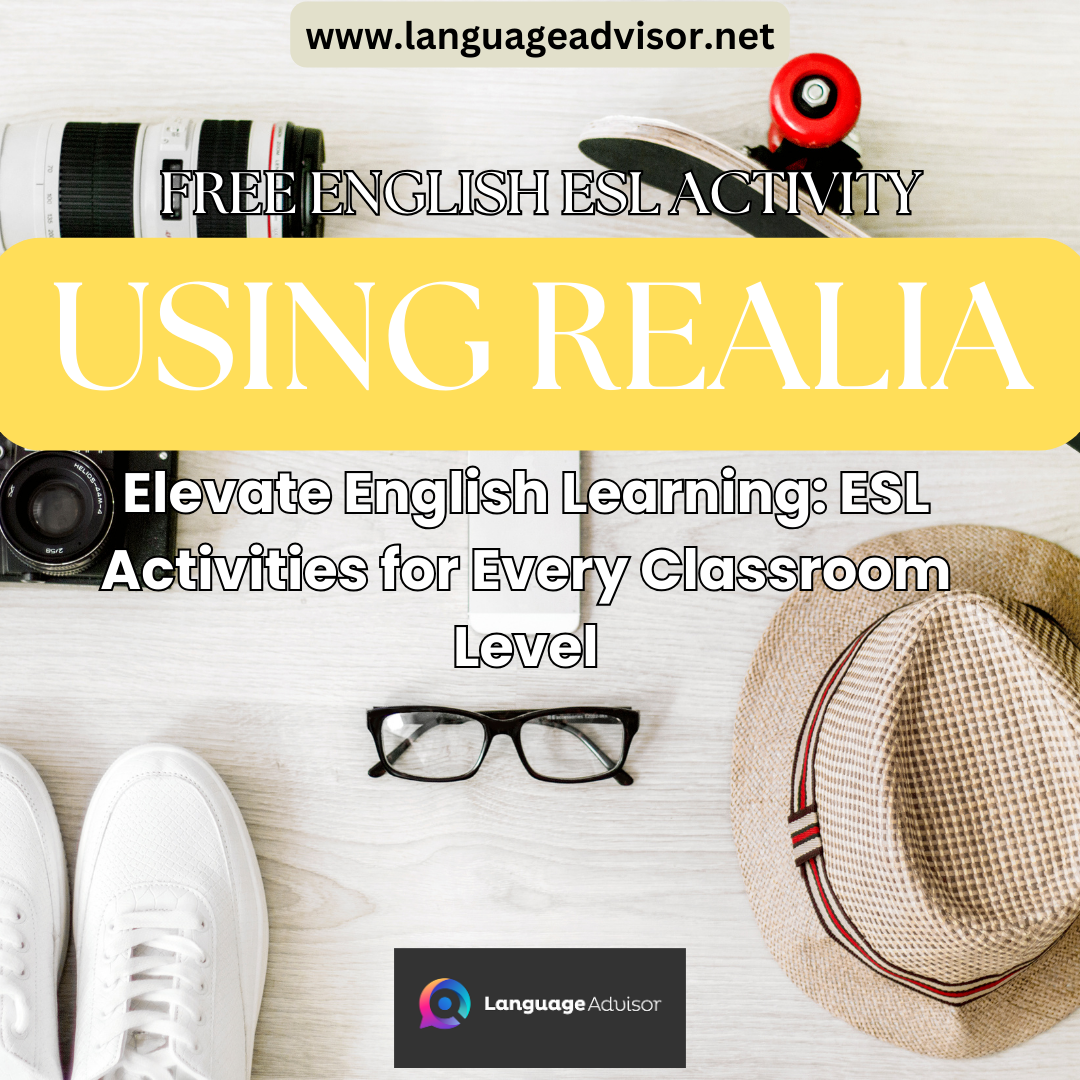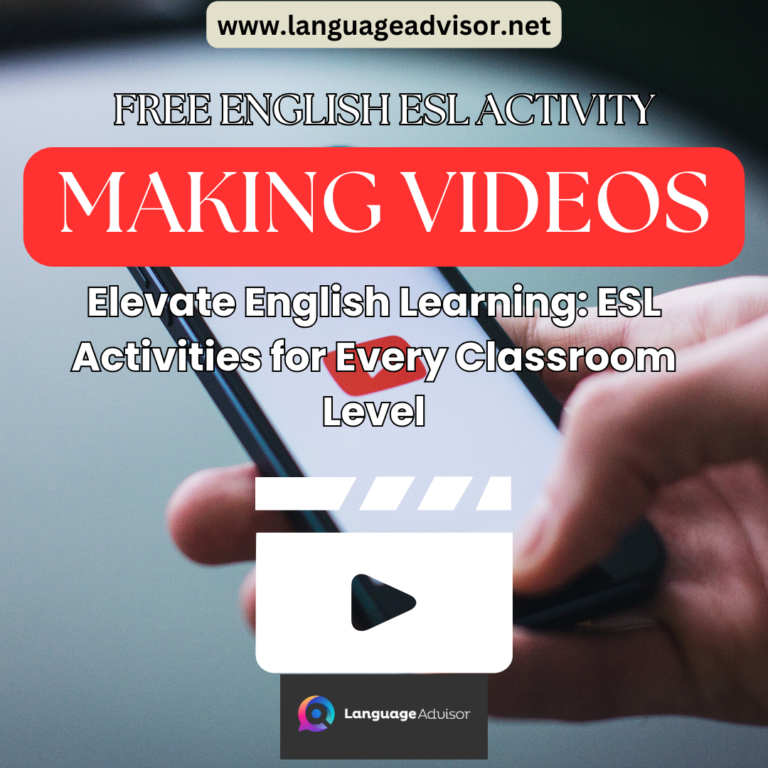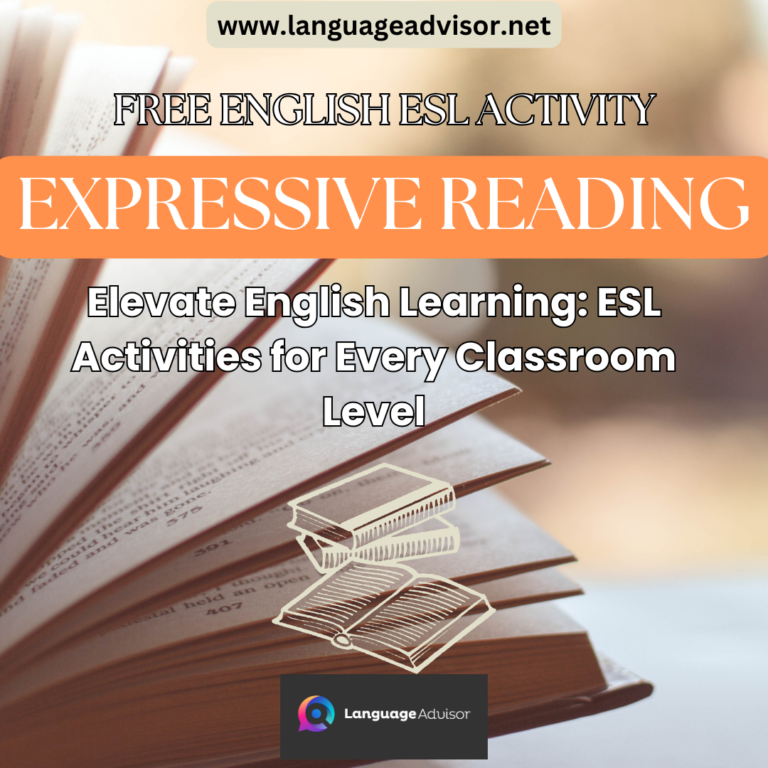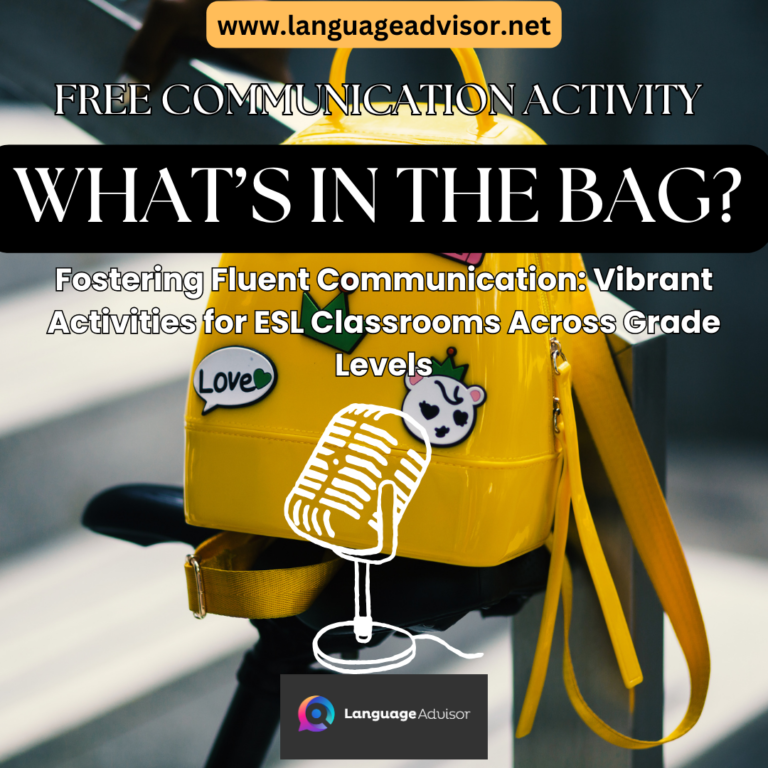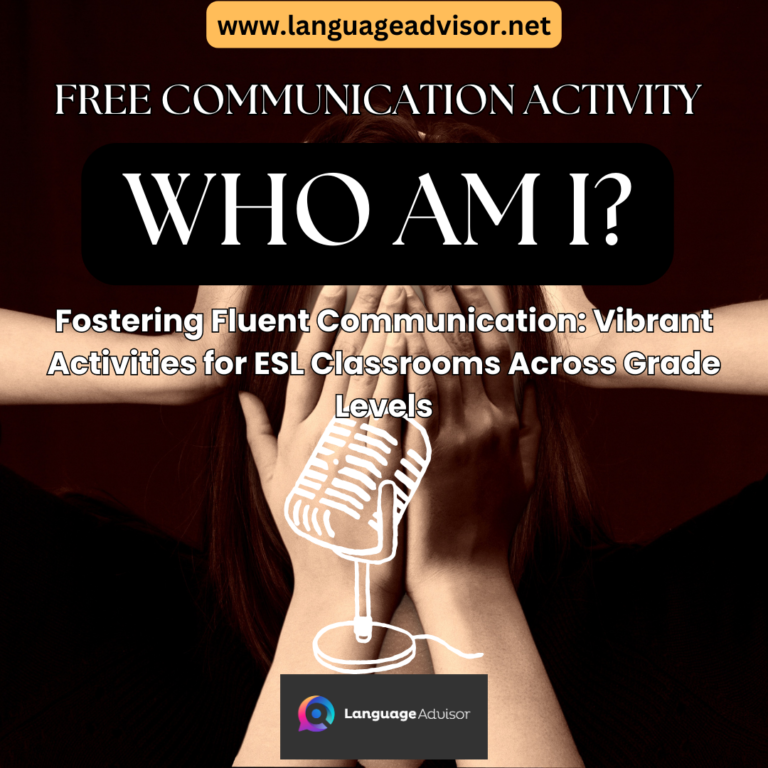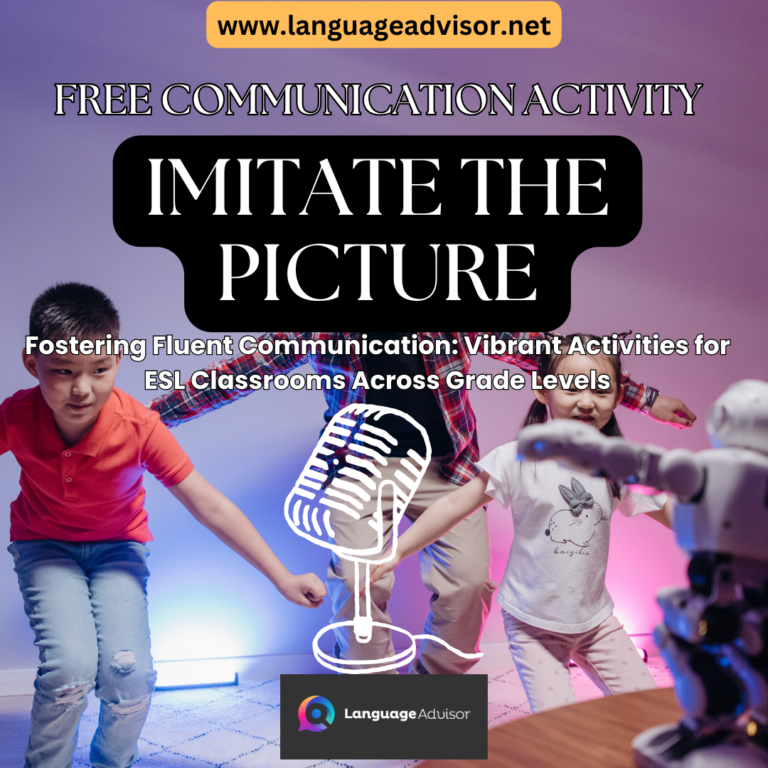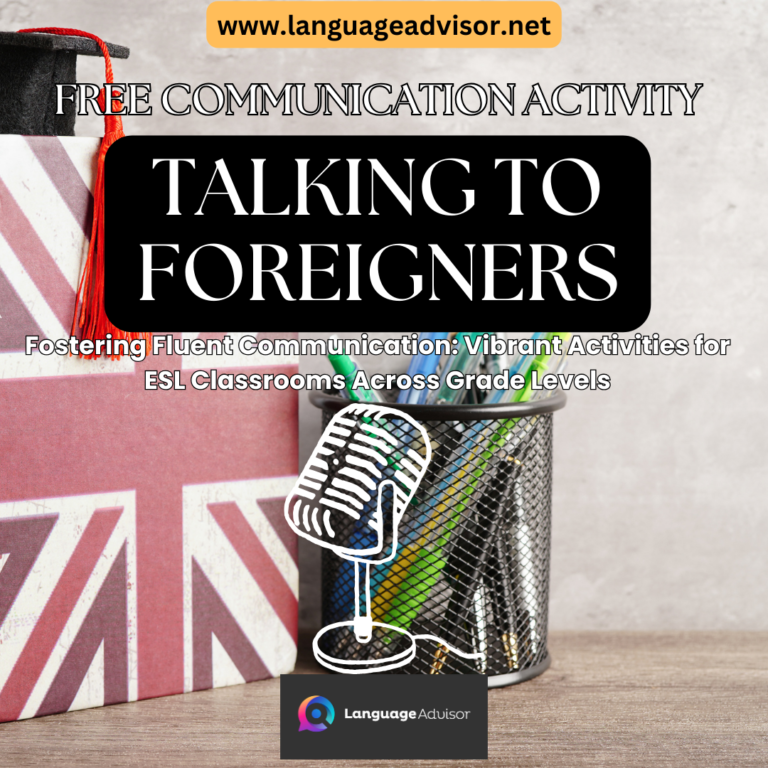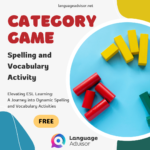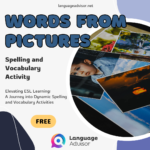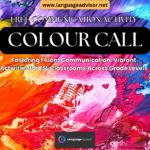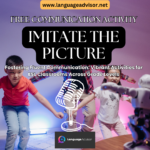USING REALIA – Elevate English Learning: ESL Activities for Every Classroom Level
USING REALIA

Exploring Engaging Writing Activities Across ESL Levels
As we embark on the journey of empowering students with the gift of language, the role of engaging and effective activities cannot be overstated. In this blog post, we are thrilled to present a comprehensive guide to ESL activities tailored for elementary, junior high, and senior high classes. Our curated collection aims to breathe new life into language instruction, making the learning experience not only educational but also dynamic and enjoyable.
Navigating the diverse landscape of language proficiency levels can be a challenging feat, but fear not! Whether you’re guiding young minds through their first English words or helping older students refine their language skills, our activities are designed to be adaptable and enriching for learners at every stage.
Join us in this exploration as we uncover innovative activities that cater to the unique needs and interests of students across different educational levels. From interactive games that spark creativity in elementary students to more advanced language challenges for junior and senior high, our goal is to equip you with a versatile toolkit that transforms your ESL classrooms into hubs of linguistic excitement.
Get ready to inspire and be inspired as we delve into ESL activities that transcend the traditional and foster a love for English learning.
Let’s elevate language education together!

USING REALIA
Realia means real stuff. Real stuff is great; it keeps the students engaged, it makes your lessons more vibrant and interesting as well as easier for the students to grasp, and you can use real stuff to illustrate things like cultural background in new ways. Bringing objects into the classroom is one of the best ways to motivate your students. A mysterious looking bag seen at the start of the class will help set the atmosphere. Bring in items yourself, ask the students or teachers to bring things in, or dig around the school. Perhaps the drama club or the other departments have interesting things for you to “liberate”.
- Make sure that the objects, whether pictures or parrots, are large enough to be seen by students sitting at the back of the room.
- If you are intending to use the articles in a role play, make sure they are not easily broken. If they are of sentimental value, it would be better to keep the items for “eyes only”.
- When using posters of pop stars, check beforehand that the students know who you are talking about. You will soon see a generation gap when you receive blank looks after holding up a picture of The Beatles.
- Some suggestions for items include: different types of food, blindfold, pictures of well-known pop stars, TV characters for “Who is it?”, noses, ears of the above for “Whose is it?”, large stuffed toys, telephones, all sorts of omiyage for show and tell, a plastic microphone for interview games, singing, etc., different hats, glasses, clothes, etc. to distinguish characters in role play. The best things are the totally freaky and weird. Remember the rule “Provoke a reaction, grab their attention, focus their energy.”

Also check out these communication activities

Did you find this article useful? If you have additional ideas, share them in the comments section below


